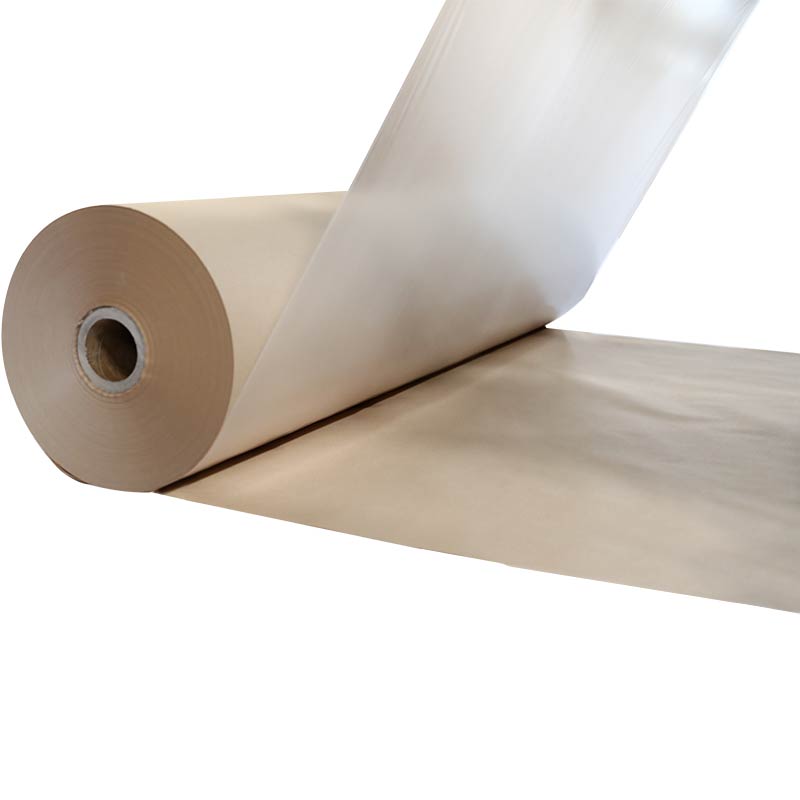Perforated paper is a form of lightweight paper with regularly spaced holes which resemble embroidery canvas and are used in needlework to create cross stitch samplers, small designs, bookmarks and mottoes. Perforated paper can also be used in scrapbooking and other paper crafts.
The paper is produced by slicing a sheet of ordinary printer or writing or typing paper into sections, usually about an inch in width. The edges of these sections are then trimmed away to leave small, sharp, and pointed points. This is done so that the paper can be ripped without tearing the threads underneath. The resulting strips of paper are called punched paper and can be found in most craft shops.
Traditionally, perforated papers caused printer jams and the tearing lines could irritate people’s hands but nowadays superior paper companies produce quality perforated sheets that run smoothly through copiers and laser or inkjet printers and are sold in moisture resistant reams to ensure consistent quality. These sheets are also sized to fit most standard envelopes.
A variety of different patterns and colors are available for purchase. The reams are usually packaged in protective plastic to keep the sheets from damage during transport and storage. Perforated paper can be purchased from online stores or from craft shops.
Some popular perforated sheets are those with three feedback forms on a page and single perforated pages for invoices, payment slips, direct mail coupons, raffle and event tickets, sign-up sheets, booklets and more. They are a great choice for businesses and organizations that want to offer their customers, clients or employees a convenient way of providing feedback or signing up for a contest.
These pieces can be framed and displayed or used as bookmarks or door knob hangers. They can be glued to a piece of card or felt to cover the back or simply used in their raw state. It is recommended that you use a glue that doesn’t soak through the back of the paper.
This type of needlework is a relatively new form of paper crafting. It was introduced in the Victorian era and became very popular with the invention of printing processes that allowed designers to pre-print designs onto the perforated paper. This made stitching on paper more appealing as it eliminated the tedious counting of threads on to blank ground fabric.
This type of embroidery is usually embroidered with cotton floss but may be stitched with beads or other types of fibers. It is best to use a size 24 tapestry needle with three strands of floss when stitching on this type of paper. This is due to the fact that the holes are very close together so that too much bulk will make it hard to get a good stitch. It is also best to not put this type of paper into a hoop or q-snap frame as it will most likely tear under the strain. Instead, it is better to stitch in hand.

